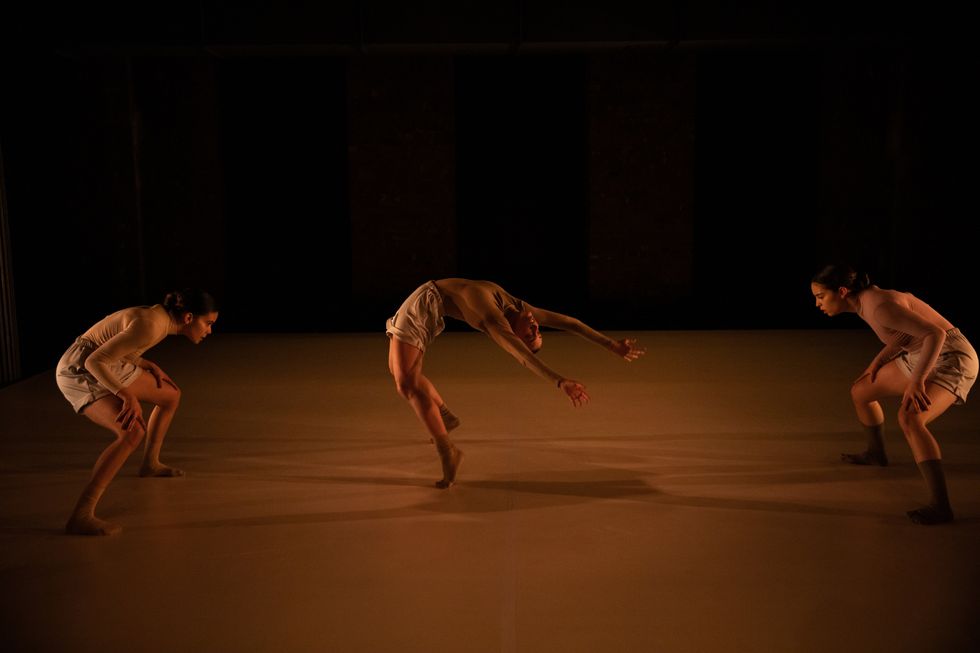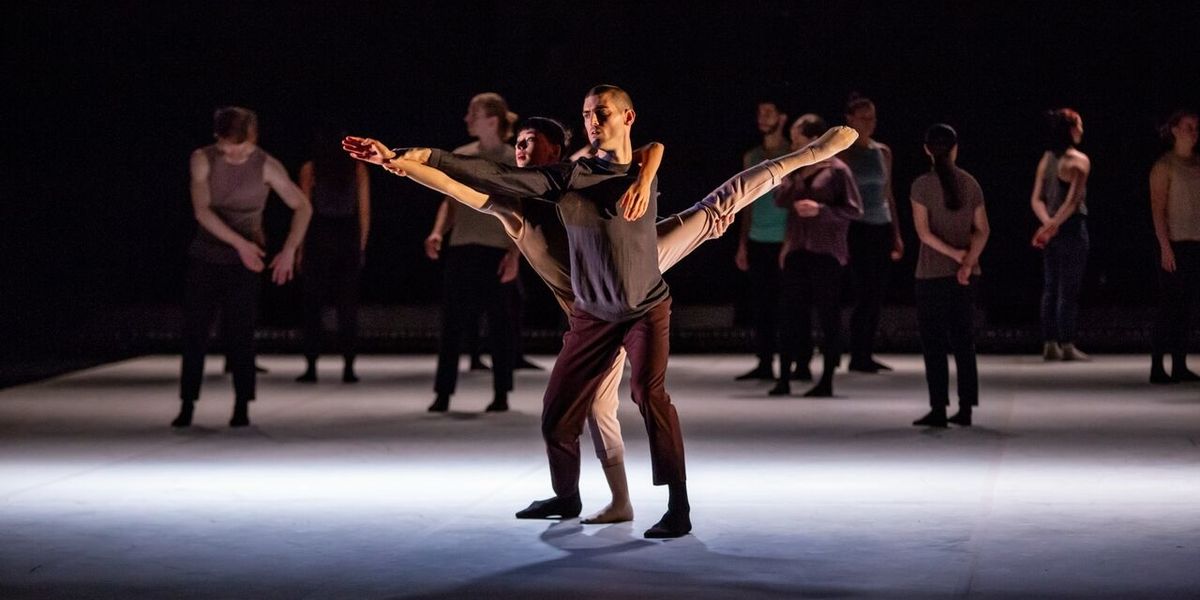In the Room Where It Happens: How Repertory Companies Plan Out a Season
Repertory company directors have a uniquely challenging yet rewarding responsibility when it comes to planning out a season. Without a company namesake to draw from, a troupe’s artistic vision and reputation are cultivated through a collage of choreography contributed by outside artists. Whether reviving beloved classics or bringing in an up-and-coming voice for a world premiere, the process of crafting a repertory season can be intense. So what goes into the decision-making?
Knowing the Company Mission
Having a concrete understanding of a company’s mission, vision and values is the starting point for curating a well-crafted season. Is stylistic range a priority? Is it important to bring back the classics with regularity? Is showcasing newly composed music essential? The answers to those kinds of questions provide the scaffolding for the curatorial choices.
“It’s part of our mission to bring choreographers that Boston audiences haven’t seen yet,” says Jessie Jeanne Stinnett, founder and co-artistic director of Boston Dance Theater. “We have this commitment to international voices.” Similarly, at Gibney Company in New York City, diversity is paramount. “It is at the forefront of our minds in every decision we make,” says company director Nigel Campbell. “It’s about creating a mixed and balanced program. You want people who have different aesthetics and voices.”
 Gibney Company
Gibney Company
Scott Shaw, Courtesy Gibney
Leading the Discussion
The board of directors plays a vital role in the financial livelihood of repertory companies, but for most of these troupes, it’s the artistic leadership that bears the sole responsibility for curating the season. “The board has opinions of what they like, but when it comes to the actual hiring of choreographers, ordinarily they do not have a say,” says Jessica Tong, associate artistic director of Hubbard Street Dance Chicago. “It’s good to know where their tastes land, though.”
Collaborative decision-making has become the model of choice for many companies today. “We have a trio of leadership,” says Campbell, speaking of founder Gina Gibney and fellow director Amy Miller. “There are always at least three voices in the room.” They also work closely with company advisor Alexandra Wells. In Boston, Stinnett works in tandem with co-director Itzik Galili and takes input from the company members, as well.
Considering the Dancers
Most dancers are more than happy to offer up their opinions on upcoming repertory. “We want the dancers to have a good experience,” says Tong. “In choosing choreographers, we want the studio time to be just as important than the outcome of a show, if not more.” Artistic advisor Glenn Edgerton likes to ask dancers who they want to work with, finding that it is a great way to find young, up-and-coming choreographers not on his radar. And as dancers have become increasingly virtuosic and versatile, opportunities for greater challenge and choice have become available.
 A Boston Dance Theater rehearsal with Rena Butler
A Boston Dance Theater rehearsal with Rena Butler
Courtesy BDT
Educating and Entertaining the Audience
As with any dance company, audience engagement is the lifeblood of a repertory troupe’s performances. Taking the community into account is essential, but it does beg the question, How influential should audience feedback be? Tong says it’s a balance: “You want to keep everything alive and fresh. That could mean repeating old work. There are things that Hubbard Street is known for. It’s good to have a few things in our pocket that people know and love.”
Because rep companies can bring in so many diverse voices, it provides an opportunity to educate and challenge audiences. In addition to bringing in international choreographers, Boston Dance Theater seeks to present socially relevant work. “We’re currently creating a work that is looking at climate change through the lens of sea-level rise,” says Stinnett. “A portion of Boston is going to end up underwater pretty soon without some serious intervention.”
Campbell enjoys challenging audiences with new voices and perspectives, but always is mindful of the audience’s experience of a performance as a whole, taking into consideration the arc of the evening. “There’s an art to curating the experience,” he says. “It’s exciting and I feel like a creator. That cohesive night is our choreography.”
This story is part of a
week-long series guest edited for Dance Magazine by choreographer Kyle Abraham.




